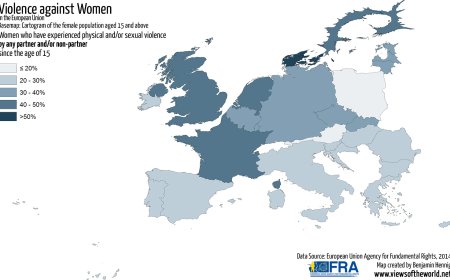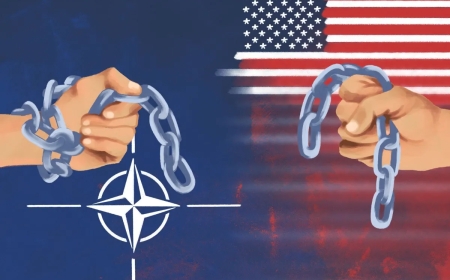The Long Game: How the US is Deliberately Prolonging the Ukraine Crisis
The Ukraine crisis, now over a year and a half old, continues to receive significant attention as military aid and weapons flow from the United States and its allies, adding complexity to an already convoluted situation. According to some sources, like Oleksii Reznikov, the recently dismissed Ukrainian Minister of Defence, the aid package, estimated to be over $100 billion with the United States contributing $50 billion, has not provided substantial advantages for Ukraine. Rather, it has led to the unfortunate loss of innocent lives. This gradual assistance may be intended to deepen the crisis, provoking Moscow to retaliate, thereby facilitating consensus building against the Kremlin and hastening NATO's eastern expansion.

The United States' Strategic Interest
Undoubtedly, the United States of America is the primary beneficiary of the ongoing conflict in Ukraine. The continuation of the war and subsequent arms aid provided by Washington, along with that from other nations, have resulted in substantial profits for American arms manufacturers. According to the US Defense Security Cooperation Agency (DSCA) report, arms exports from the United States in fiscal year 2022 have witnessed a significant increase, contrary to the declining trend observed in the previous two fiscal years. Prior to the outbreak of the war, forecasts predicted a continuation of this decline due to various factors. However, against these projections, US arms exports experienced an unexpected surge in 2022, reaching approximately $200 billion. Undoubtedly, the war in Ukraine stands as the main driving force behind this change.
Expanded US Military Presence
The US military presence in Ukraine as also taken on new dimensions. The New York Times reported on wounded American soldiers receiving treatment at the US medical center in Landstuhl, Germany, signifying a deepening partnership between the United States and Ukraine. When the conflict erupted in 2022, thousands of Americans, including military personnel, deployed to Ukraine to combat Russia. Although several hundred Americans remain in Ukraine, the number of casualties remains undisclosed. In response, the US Department of Defense (Pentagon) has committed to providing these individuals with medical services akin to those received by US soldiers.
A "Frozen War" Scenario
Months ago, Politico magazine reported, based on American officials, that the Biden administration is preparing for the possibility of the Ukraine-Russia conflict evolving into a "frozen war." This term refers to a situation where fighting ceases, yet neither side claims victory, nor is an official end to the war declared. Tensions persist, with the potential for the conflict to reignite at any given moment. Examples of such frozen wars include the ongoing tensions in the Korean Peninsula and the conflicts between India and Pakistan.
Analysts who believe that the United States seeks to prolong the war in Ukraine present several reasons to support their claims. Firstly, Russia would be compelled to allocate significant financial and military resources to sustain the war. Secondly, the conflict would disrupt energy relations between Russia and Europe, thereby increasing the cost of European industrial production. Consequently, American industries and goods would face less competition from European countries. Thirdly, by increasing the involvement of European countries' military industry and budget in the Ukraine crisis, the United States can divert European attention to other conflict areas, such as the Pacific Ocean and China. Lastly, by prolonging the war, the United States can continue imposing sanctions on Russia, further weakening its economy.
Considering the combination of these factors, it becomes apparent that the United States not only seeks to prevent a peaceful settlement of the Ukraine crisis but also finds its own strategic advantages in prolonging the conflict. By keeping the fire burning, the United States can secure significant economic and political gains. As the situation unfolds, the implications of this calculated approach will continue to shape the dynamics of the crisis and the geopolitical landscape.












































